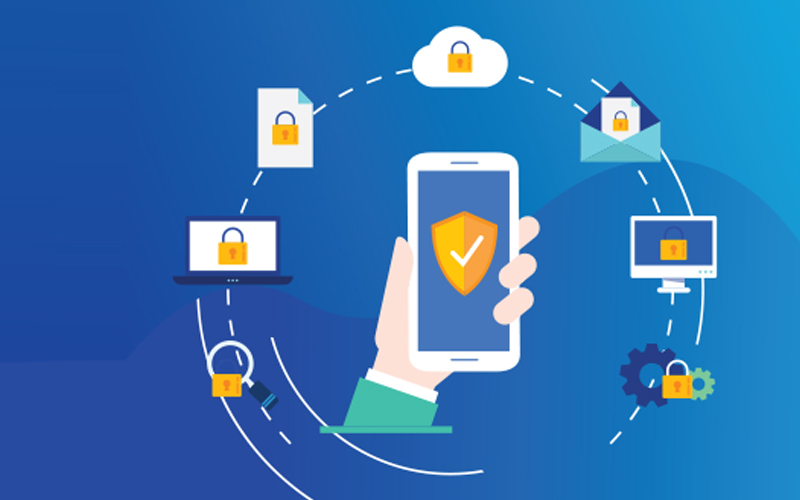BPM Analytics
Let’s talk about 5G through the lens of cybersecurity
5G has ushered a new era in the world of technology – an era where connectivity has taken on a new meaning. With massive network capacity, higher data speeds, low latency, and a superior user experience, the 5G wireless technology promises a future that can virtually connect everyone and everything. The 5G network will have billions of devices augmenting its connectivity – and this is why its cyber threat landscape is rising significantly.
5G is vulnerable too
Let’s understand what makes 5G networks more vulnerable to cyberattacks. The primary difference between 5G and 4G networks is that 5G is a distributed, software-defined network. It pushes all activities into the web of digital routers throughout the networks, unlike the centralized, hardware-based network design of 4G. This new approach might miss the potential checkpoints for inspection and control.
Also, as part of software-defined networks, network operating systems and their internal communications will be in a virtual format via internet protocol. A purely software-managed network will be acutely prone to cyber vulnerabilities. Any future upgrades will have to be processed in a manner similar to adding a new software upgrade to a smartphone. Hence, implementing any new change will increase chances of infecting the entire network infrastructure with compromised software.
Additionally, low-cost, short-range, small-cell antennas will have to be physically installed to fulfill 5G bandwidth expectations. These cell sites will share bandwidth in the form of slices. This amalgamation of hardware and slice software could be a potential target for cyber-attacks. Lastly, various IoT devices are being used to conduct a multitude of activities that are uniquely vulnerable. When hackers discover any such insecure IoT devices, they can exploit the device software and eventually enter the telecom network.
How to win the 5G race?
Despite significant technological upgrades offered by 5G, the cyber vulnerabilities that accompany 5G remain a cause of concern for the telecom sector. At its current nascent stage, 5G equipment is inept at terminating these threats by itself. Risks can also originate from external factors, such as poor government regulations and business malpractices that aim to deploy 5G services without having a sturdy infrastructure in place. Such cyber risks can eventually result in significant financial losses that put an organisations’s reputation at stake. As per a survey by Nokia, 69% of telecom operators stated that cybersecurity challenges are the biggest reason that is making them reluctant to adopt latest technology. A solution can be a sustained focus on assessing the drivers of cyber risks and mitigating the threat.
With the expansion of networks and data surfaces, there is a need for coordinated efforts by multi-vendors and the government. Many vendors will be involved in the 5G deployment of network infrastructure, IoT devices, etc., which pose a challenge to the growth and maintenance of these devices. Integrating robust multi-vendor testing processes from the lab to the field will aid in the proper testing of devices for vulnerabilities.
Furthermore, underreporting and preventive measures are the lag indicators for cyber preparedness. Cybersecurity risk assessment as per industry-based practices, along with the establishment of a 24/7 cybersecurity operations center, has been proven as the recipe for success for cyber-mature companies. A similar model can be extended to 5G companies.
Such a holistic approach and consistent monitoring across infrastructure will help in the successful implementation of advanced technology like AI/ML, thereby providing real-time protection from any suspicious activity.
5G has challenged assumptions about the security of network components and applications. The current telecommunications world has many participants who are dependent on each other but work in silos. The sector needs to come together to share the responsibility of fortifying cybersecurity. From the business lens, failure to safeguard networks against cyber threats can sabotage the efforts of pioneer organisations trying to introduce new-age digital solutions to the world. Thus, industry-developed best practices and 24/7 cybersecurity operation centers are going to be the first step toward strengthening cybersecurity. Along with this, deploying AI/ML technology will assist in monitoring cyber risks and detecting outliers that are lurking in the shadows, waiting to attack.







